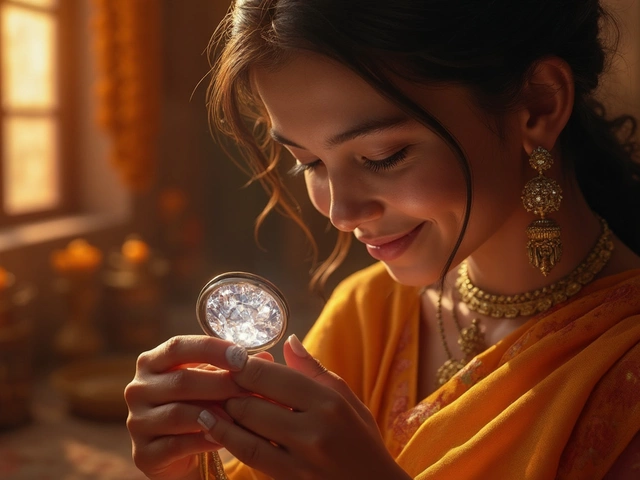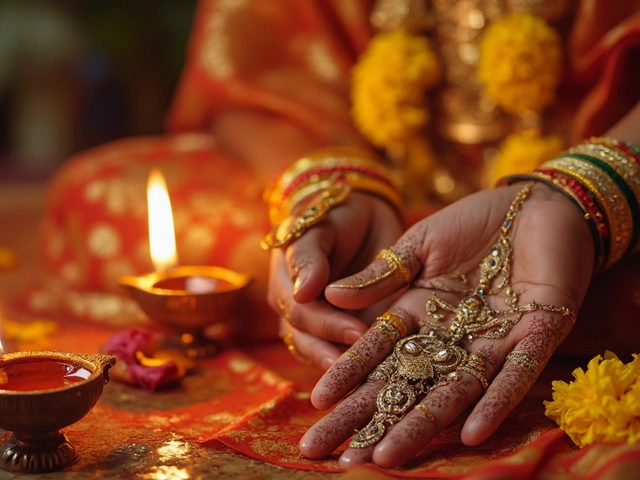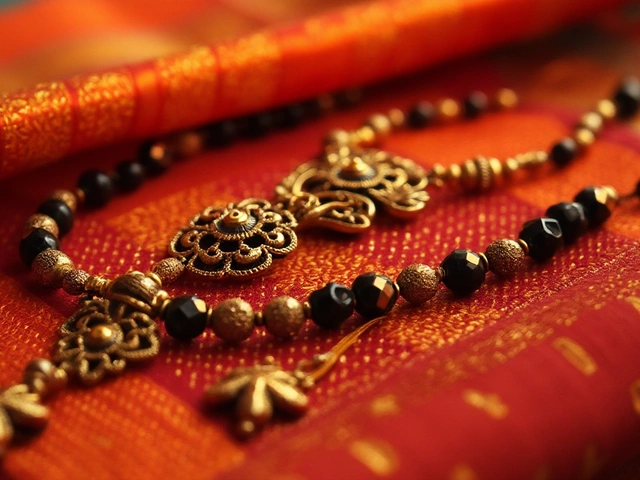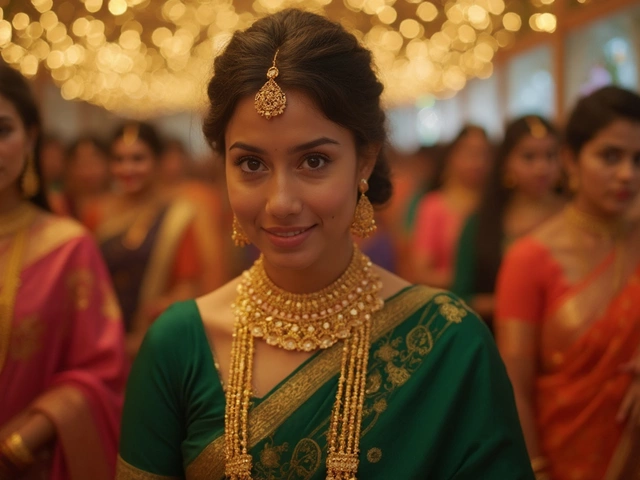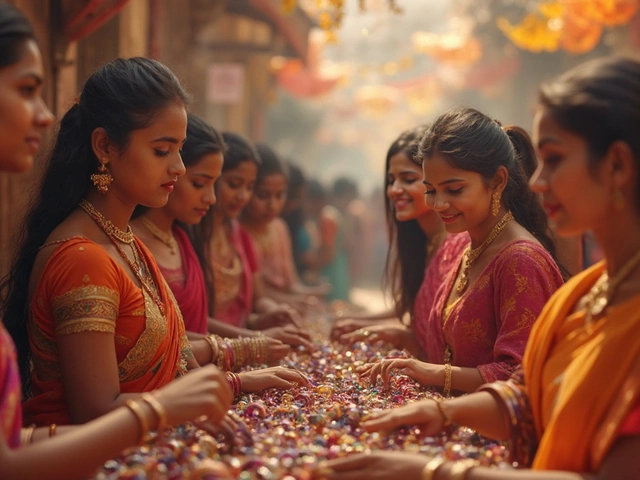Cultural Norms in Indian Jewellery – What They Mean and How to Wear Them
Indian jewellery isn’t just about sparkle; it’s a language of tradition, status, and personal story. Whether you’re buying a nose pin for the first time or wondering why your partner wears a mangalsutra, the reasons behind each piece are rooted in cultural norms that have shaped families for generations. Knowing the back‑story helps you choose pieces you love and respect the customs they represent.
Key Pieces and Their Traditional Significance
First up, the nose pin. In many Indian communities, a small stud or a delicate hoop signals marital status, regional identity, or simply a beauty rite passed down from mother to daughter. Hindu families often choose a ruby‑set stud for married women, while a simple gold stud may be a fashion pick for unmarried girls. The shape and placement—right nostril versus left—can even hint at different regional customs.
Next, the mangalsutra. This gold or gold‑plated necklace is more than a wedding accessory; it’s a promise of protection and unity. The black beads woven into most designs carry folklore that they ward off evil eye and bad luck. Modern couples sometimes swap the traditional gold for minimalist silver or mixed‑metal styles, but the symbolic thread of commitment stays the same.
Black bangles and black beads in mangalsutra also hold deep meaning. Historically, black was linked to power and protection, thought to absorb negative energy. Today, designers play with this heritage, turning black bangles into chic statements that still echo the old belief that they keep you safe.
Modern Twists on Age‑Old Norms
While many stick to tradition, the new generation mixes and matches. You’ll see nose pins paired with western outfits, mangalsutras with contemporary pendant styles, and black bangles crafted from leather or resin. The key is to balance respect for the original symbolism with personal taste. If you love the look but doubt the tradition, start with a simple piece and see how it feels in your daily life.
Buying tips matter too. Always check for the BIS hallmark on gold items; it guarantees purity and protects you from cheap imitations. For nose studs, ask the seller about the stone’s origin—real rubies cost more than synthetic ones but carry the authentic cultural cachet. And when you pick a mangalsutra, make sure the black beads are genuine; some cheap versions use dyed metal that fades quickly.
Remember, cultural norms aren’t rigid rules; they’re guidelines that evolved over centuries. Whether you embrace them fully or adapt them to your style, understanding the story behind each piece makes the jewellery feel more personal. So next time you browse RH Jewellers, think about the meaning, ask questions, and enjoy the blend of tradition and trend.
Can an Unmarried Girl Wear Sindoor?
Exploring whether an unmarried girl can wear sindoor, this article delves into the cultural and traditional implications. We'll uncover how practices vary across India, highlighting the evolving mindset around this age-old custom. As we navigate through the complexities of tradition and modernity, expect practical insights and surprising facts. The article aims to provide clarity while respecting diverse perspectives on this unique aspect of Indian culture.

